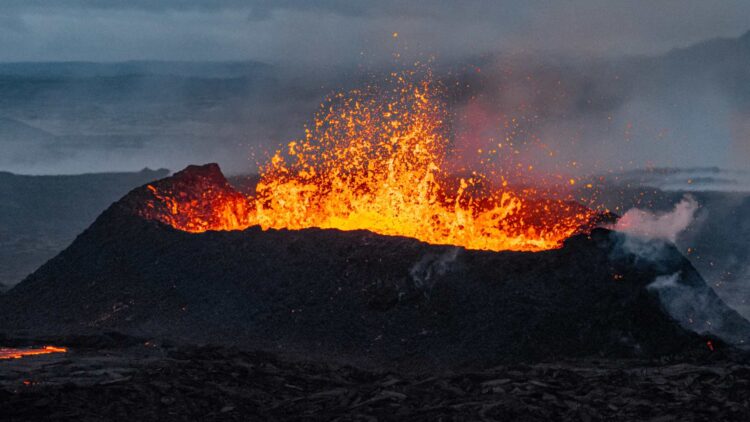Volcano eruptions are not exactly common, but they happen often enough that there is enormous vigilance around those that are considered active. Lava is not something to play with and so scientists are always trying to get one step ahead of the eruption to limit the loss of life. The volcano that is giving the entire community signs to be concerned about is Mount Spurr in Alaska, which is showing signs of awakening.
Rising to 11,070 feet, Mount Spurr is the tallest volcano in the Aleutian mountain range, located roughly 80 miles west of Anchorage. Its last eruption in 1992 blanketed the region in ash and caused millions in damages. After months of heightened activity, the Alaska Volcano Observatory (AVO) now warns that another eruption could be on the horizon.
Could the Mount Spurr volcano really be on the cusp of eruption?
The first sign of activity was noticed on March 26, when scientists observed a particularly thick steam plume rising from the summit. While this could be a fake warning sign and the plume of smoke could have been perceived as especially menacing because of the weather conditions, scientist are not taking any chances.
As the AVO reported “The increase in gas emissions confirms that new magma has intruded into the Earth’s crust beneath the volcano,” meaning that an eruption is “likely, but not certain” in the coming weeks or months. It is not just the smoke that is concerning the community, one of the main indicators of a possible eruption is a spike in gas emissions and scientists investigating the possibility of eruption found while flying over the summit earlier this month sulfur dioxide levels nine times higher than in December. Carbon dioxide levels are also rising and this is a usual indicator that magma is rising. All of this combined lead the scientist to only one conclusion “In the past, such values have been observed prior to eruptions.”
The situation at Mount Spurr has grown more concerning as seismic activity beneath the volcano has surged. Since April 2024, more than 3,400 small earthquakes have been detected, now occurring at a rate of 100 per week. This rapid increase points to magma accumulating in an underground chamber, adding pressure to the system.
This volcano consists of a central peak and a secondary vent, Crater Peak, which has been responsible for all previous eruptions. Along with frequent tremors and rising gas emissions, steam is now escaping from multiple locations, including areas that have remained inactive since 2008. These signs have led scientists to believe that an eruption is no longer a distant possibility, but a growing likelihood.
While there is no immediate need to panic, the AVO has issued a yellow advisory, which tells residents in the area that the volcano is showing signs of waking up. This is also why they are monitoring the situation closely, so that nothing is left to chance. The authorities have expressed that while an eruption seems likely, it is not a sure thing but, “An eruption could occur with little or no additional warning.”
And this is not just fear mongering, the last time this happened in 1992, the volcano erupted just three weeks later, leaving a disaster area that took $2 million to clean up. Despite the gravity of the situation, panicking is not needed, as the AVO warns that “The major hazards to Alaska residents from Spurr would be from ash risk to aviation and possible ashfall.”
Exposure to volcanic ash poses serious health risks, causing lung irritation and breathing difficulties. If Mount Spurr erupts, residents may need to remain indoors or wear protective masks. More immediate dangers, such as pyroclastic flows and mudslides (lahars), would primarily threaten the areas closest to the volcano. Although no permanent settlements exist within the high-risk zone, visitors who frequent the region for recreation would need to exercise caution.

